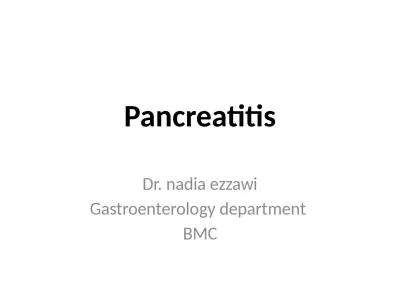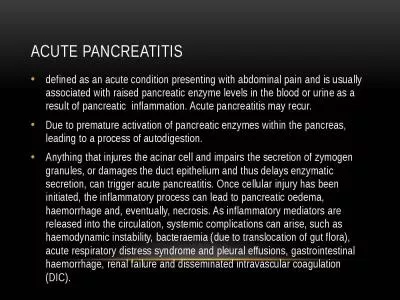PPT-Dog with Pancreatitis
Author : pamella-moone | Published Date : 2017-08-15
Pharmacology and Pharmacy Spring 2015 Tarleton State University 04262015 Group 2 Case Study 2 Michelle Hervey LVT Jennifer Hohle LVT Ashley Lawley LVT Scenario
Presentation Embed Code
Download Presentation
Download Presentation The PPT/PDF document "Dog with Pancreatitis" is the property of its rightful owner. Permission is granted to download and print the materials on this website for personal, non-commercial use only, and to display it on your personal computer provided you do not modify the materials and that you retain all copyright notices contained in the materials. By downloading content from our website, you accept the terms of this agreement.
Dog with Pancreatitis: Transcript
Download Rules Of Document
"Dog with Pancreatitis"The content belongs to its owner. You may download and print it for personal use, without modification, and keep all copyright notices. By downloading, you agree to these terms.
Related Documents

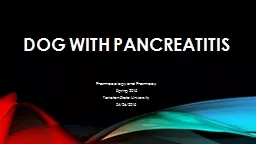
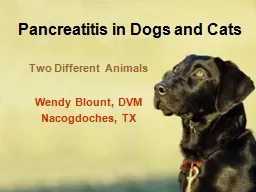
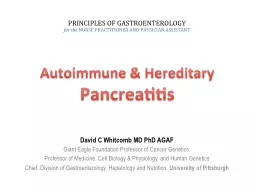
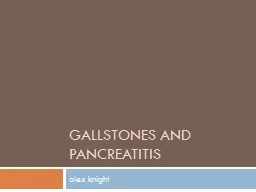


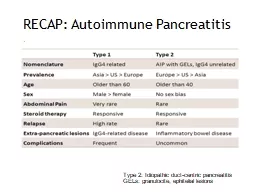

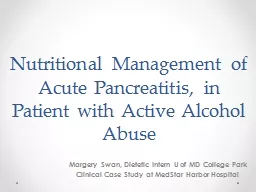
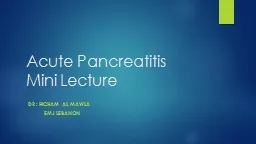
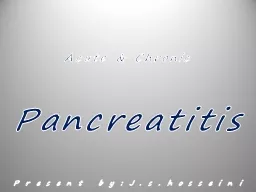
![[DOWLOAD]-Dog Paws: Unique Discrete Password Logbook for Pet Lovers, Dog Paws Design for](https://thumbs.docslides.com/983328/dowload-dog-paws-unique-discrete-password-logbook-for-pet-lovers-dog-paws-design-for-dog-dad-and-dog-mom-small-pets-dogs-series-dog-paw.jpg)
